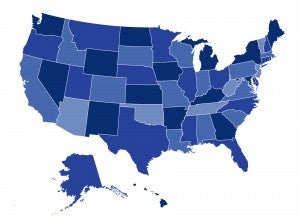The Draft 2022 Notice of Benefit & Payment Parameters: Implications for States

On November 25, the Trump administration released a proposed regulation, the 2022 “Notice of Benefit and Payment Parameters.” It establishes policies governing the ACA marketplaces and insurance market reforms. In her latest article for the State Health & Value Strategies project, CHIR’s Sabrina Corlette focuses on several key provisions that will impact state insurance regulation and the operation of the marketplaces.



